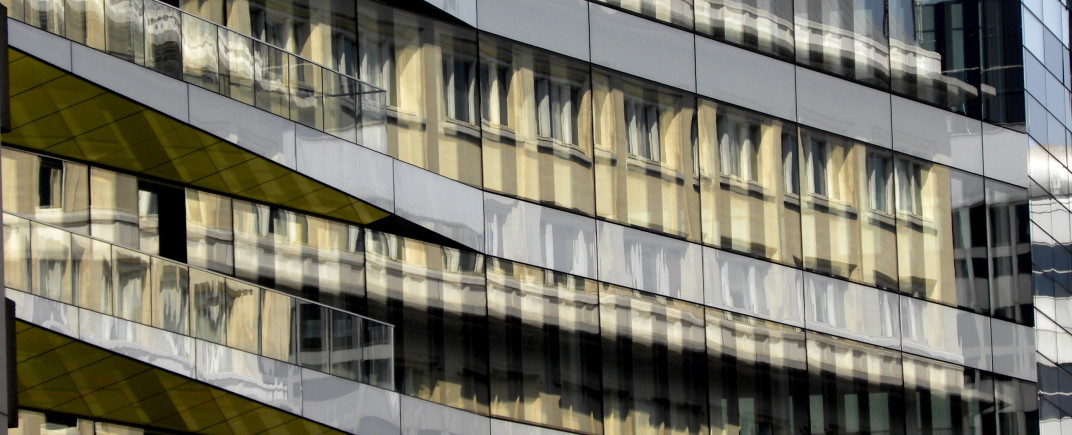By Sarah Hewitt
After finally clearing the decks enough, I sat down over Easter with a cup of tea and belatedly read through the Farrell Review.
Sir Terry Farrell begins the report by asserting that we need to “prioritise the basic human need to live in, work in and enjoy great places which provide a quality of life for existing and future communities”. So far so good, with lots of our favourite buzzwords mentioned.
Turning the page I found the description of the now much-discussed ‘PLACE’ acronym, standing for ‘Planning’, ‘Landscape’, ‘Architecture’, ‘Conservation’, and ‘Engineering’. My first thought was that the ‘P’ should have been for ‘People’. And that was the overall nagging concern I had reading through the rest of the report.
The multitude of recommendations, identifying solutions to issues such as architectural education and planning policy, are much needed and will, if put in motion, no doubt help to raise the quality of the built environment in Britain. But that thread of designing for people, touted right at the outset, was very quickly lost. Obviously the overall aim of improving the built environment is to improve the population’s collective and personal well-being, but I felt the recommendations focused more on revamping the sector rather than tying them back to this overall goal.
From our professional point of view, we think the replacement of Design Review panels with PLACE review panels is one of the more interesting suggestions. But we would argue for a greater variety of built environment professionals on the panels, including, not surprisingly, environmental psychologists. The built environment is a complex arena, but at the end of the day we mustn’t lose sight of the end goal and remember that P should be for People.
Photo Credit: Rev Stan, licensed under Creative Commons.

